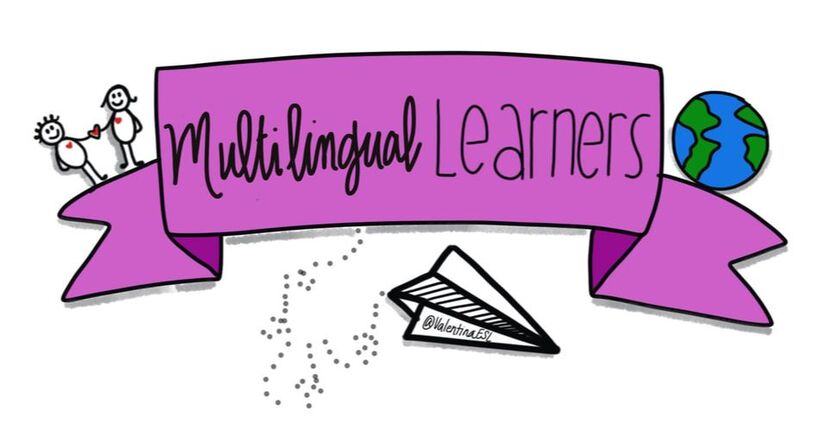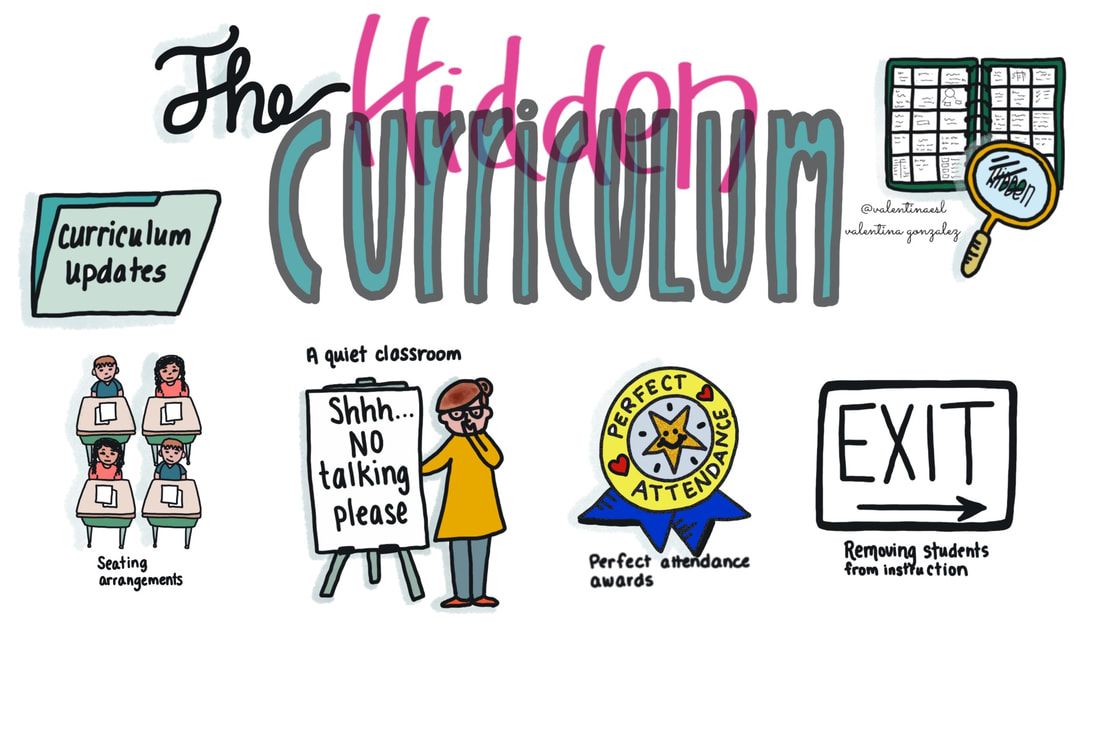|
What is the Hidden Curriculum in Your Classroom? The written curriculum can actually be quite easy to identify. It’s stated in the lesson plans. It’s part of our instruction. But what's hiding in the curriculum? What about the messages we send that are not written out explicitly and not spoken directly. The hidden or unwritten curriculum instead is found when we read between the lines. These are the messages we send to students. And often they speak more loudly than the written curriculum. What is the hidden curriculum in your classroom? Seating Arrangement
Take for example they way students are seating. If students sit in rows, you may be sending a message that independent work is favored. And that collaboration, teamwork and learning from one another is not. If you want to encourage teamwork and collaborative learning, instead, group students together. Groups of four are ideal. Table groups allow for eye contact, foster collaboration, and help to build community. “I love a quiet classroom.” “You all are so quiet, you earned an extra____.” I know, I know. I get it. We all have those days when we just need a little quiet time. But if your classroom is a silent zone most of the time, you may be sending a message that communication is not valued. Perhaps you are communicating that you are the only one who has the privilege to talk in this space. If you want students to feel their voices are honored and valued, instead, try structuring conversation in an effort to get kids communicating about academic topics. Structured conversations help students know the expectations. Awards for Perfect Attendance Don’t we expect students to attend school every day? So if we award them when they come (as expected) every day, they may get the notion that it really is NOT expected that they come daily. Perhaps they will begin to think that they don’t need to come EVERY day. If we want students to have good attendance, instead, simply being happy, smiling, and noticing that kids are present or absent works. With chronic absenteeism, forging relationships with families has been successful too. Removing Students from Instruction When students are pulled out of the classroom, what may that communicate to them and to the rest of the class? It may say that you don’t belong here. “You aren’t able to learn what we’re learning.” There are various reasons a student may be removed from the classroom; two of the most common are to receive small group instruction in a different location and behavior redirection. Both of these are widely different. But can send the same message: “You don’t belong in this learning space.” Instead, for small group instruction, consider co-teaching or pushing into classrooms whenever possible. For behavior, try thinking about students who struggle with behaving as those who need our attention and support more than any other student. Build relationships with these kids before things escalate and come up with a plan for when they do. Use classroom removal as a last resort. In addition to these, there are a number of other ways that we send messages to our students. I urge to examine the current practices in your classroom and think about the messages they send to students. What is hiding in your curriculum?
1 Comment
Eugene Thurman
6/28/2020 11:39:35 am
THANK-YOU...
Reply
Your comment will be posted after it is approved.
Leave a Reply. |
Categories
All
|


 RSS Feed
RSS Feed
